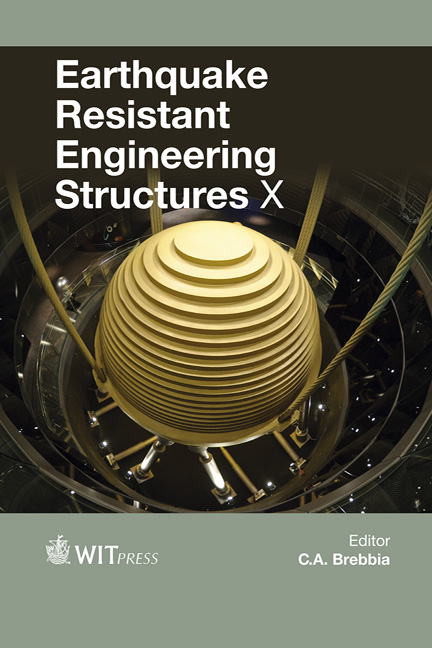Observed And Predicted Earthquake Damage Scenarios: The Case Study Of L’Aquila Municipality
Price
Free (open access)
Transaction
Volume
152
Pages
12
Page Range
185 - 196
Published
2015
Size
945 kb
Paper DOI
10.2495/ERES150151
Copyright
WIT Press
Author(s)
C. Del Gaudio, P. Ricci, G. M. Verderame
Abstract
A simplified analytical method for the seismic vulnerability assessment of reinforced concrete buildings on a large scale is presented. The approach followed is based on the capacity spectrum method (CSM) to evaluate seismic capacity and approximate IDA curves to define PGA capacity starting from damage states’ characteristic displacement capacity for structural and non-structural elements. Damage states are defined according to the observational-based damage states provided by the European Macroseismic Scale EMS-98.
A database consisting of 131 reinforced concrete buildings located at the Municipality of L’Aquila is presented, which after the earthquake of 2009 have been charged to post-earthquake usability assessment procedure. The specific interpretation of damage data allowed carrying out fragility curves for slight, moderate, and heavy damage, (i.e., DS1, DS2, and DS3), defined according to EMS 98 macroseismic scale.
The damage scenario deriving from the application of such a procedure is compared with that collected from the post-earthquake usability assessment procedure.
Keywords
RC buildings, infills, large scale, seismic fragility assessment





